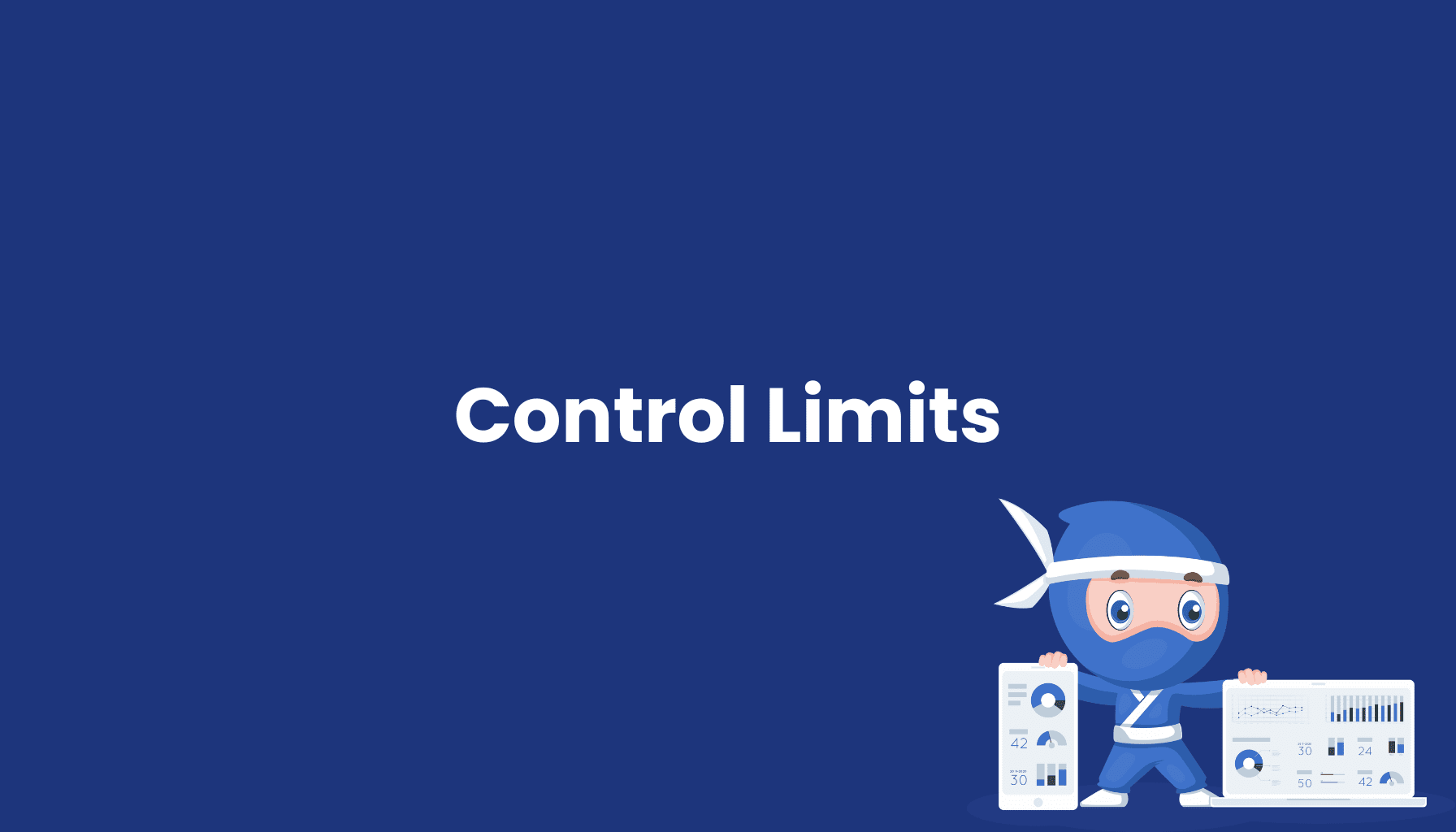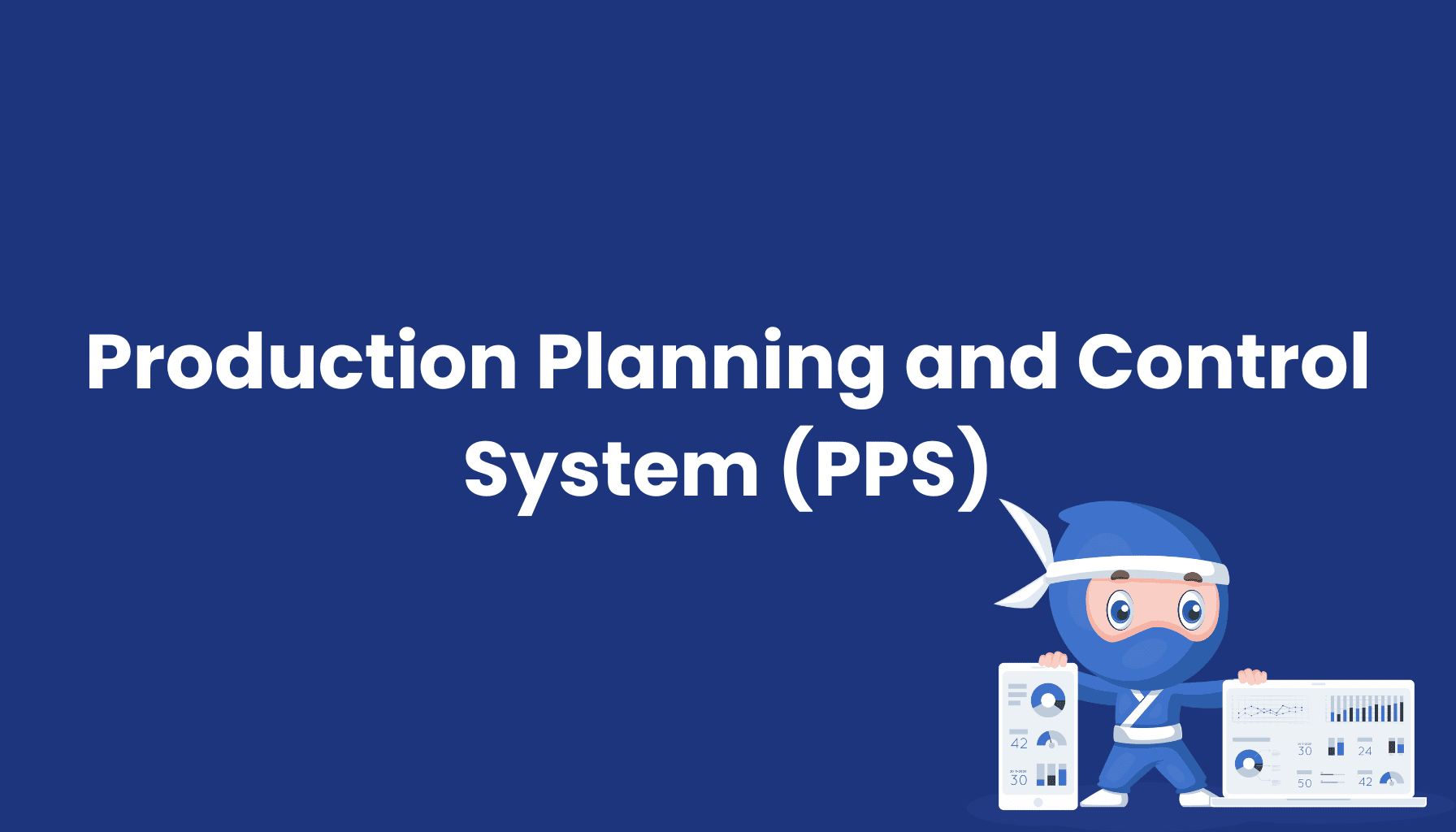Control Limits

What Are Control Limits?
Control Limits are defined thresholds in Statistical Process Control (SPC) that allow companies to monitor the variations in their processes. These limits differ from specification limits as they focus on process performance rather than product specifications. The primary purpose of Control Limits is to ensure that a process remains stable and free from unexpected deviations.
Upper and Lower Control Limits
Control Limits consist of two types of boundaries: Upper Control Limits (UCL) and Lower Control Limits (LCL). The UCL marks the maximum acceptable range of process variation, while the LCL indicates the minimum acceptable variation. As long as process data stays within these boundaries, the process is considered to be under control and stable. Deviations outside these limits suggest potential anomalies that need to be investigated and corrected.
Importance of Control Limits in Manufacturing
In the manufacturing industry, Control Limits are critical for quality assurance. By continuously monitoring process performance, companies can detect deviations early, preventing them from escalating into major issues. This not only enhances product quality but also reduces waste and rework. A stable process that operates within Control Limits ensures consistent quality and improves production efficiency.
Calculating Control Limits
Control Limits are calculated based on historical process data. Typically, the process mean is used, and a specified number of standard deviations (usually three) are added and subtracted from the mean to establish the Control Limits. This method ensures that the limits reflect the natural variation of the process and only significant deviations are flagged as problematic.
Benefits of Using Control Limits
The use of Control Limits offers several benefits:
- Early Problem Detection: Deviations are detected early, allowing for proactive corrective actions.
- Improved Process Quality: Controlling process variation results in more consistent product quality.
- Increased Efficiency: Stable processes lead to less waste and rework, enhancing production efficiency.
- Continuous Improvement: Control Limits provide a baseline for ongoing process monitoring and improvement.
Overall, Control Limits are an essential tool for any company aiming to ensure high process quality and optimize its manufacturing processes.





